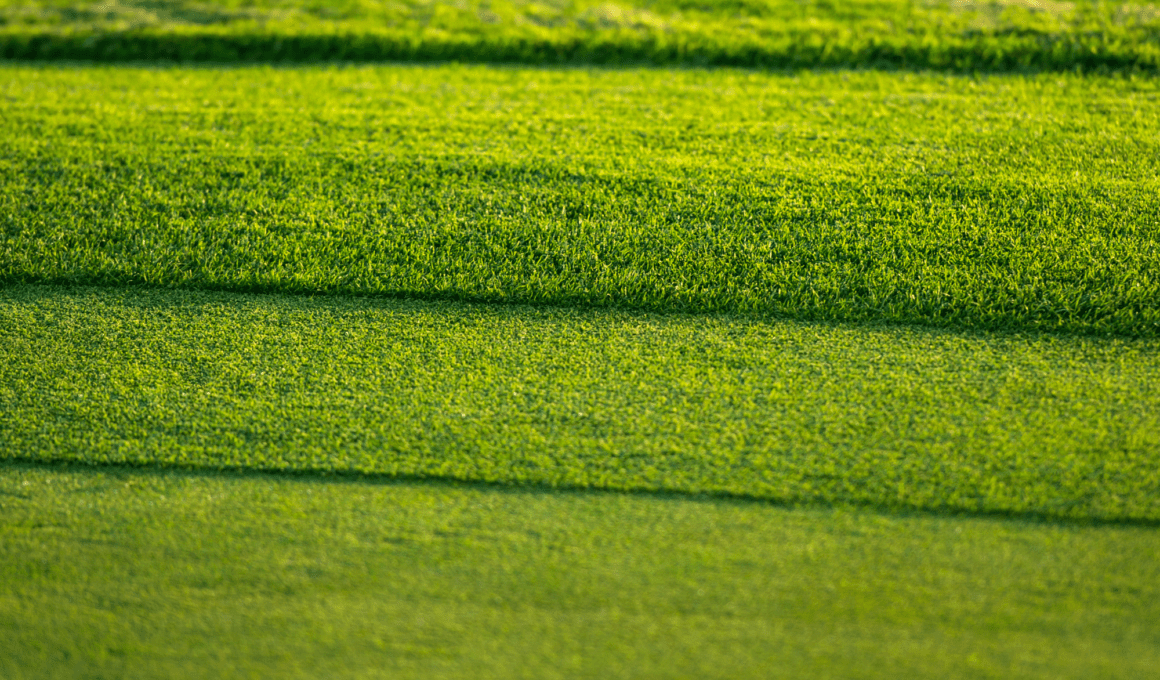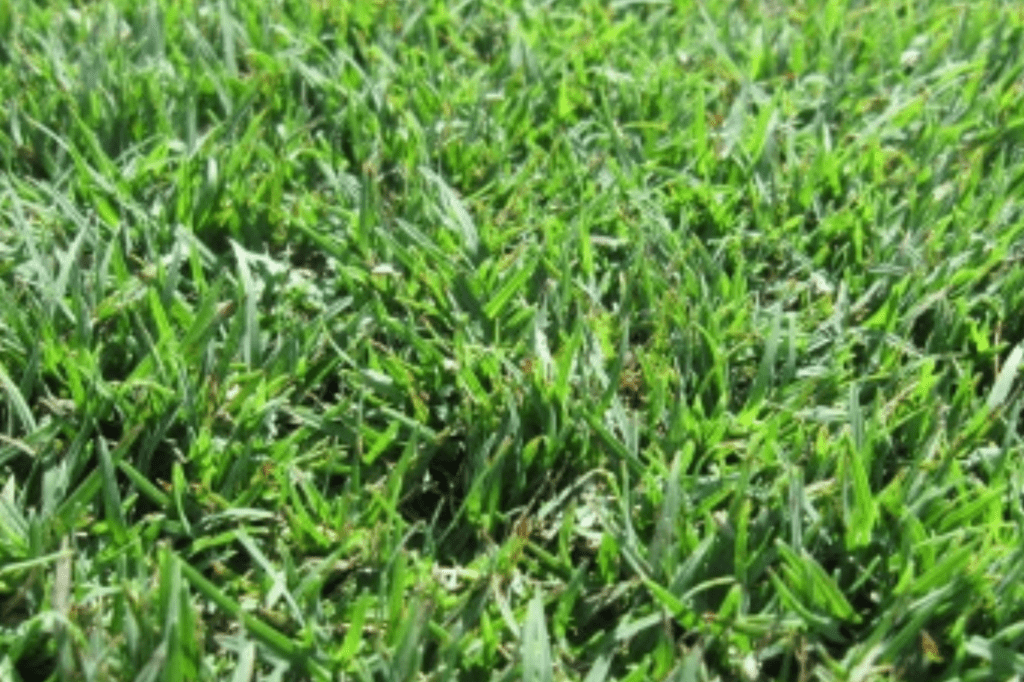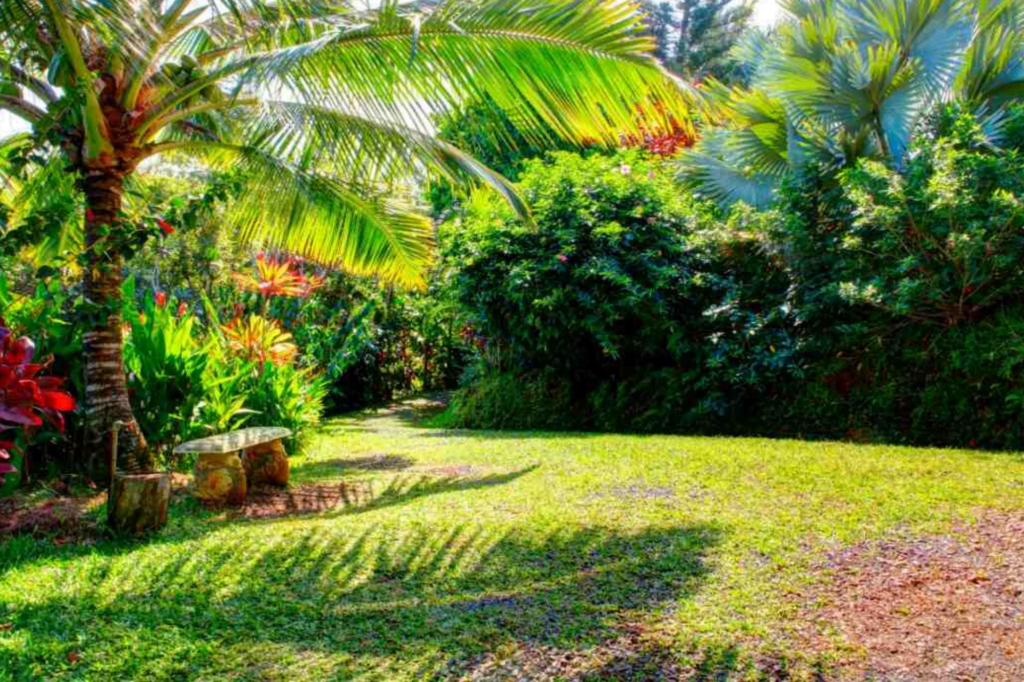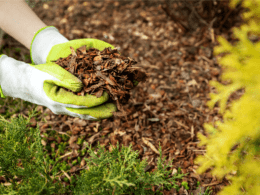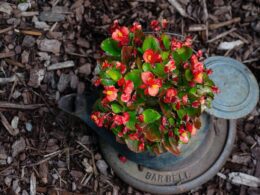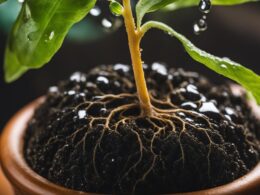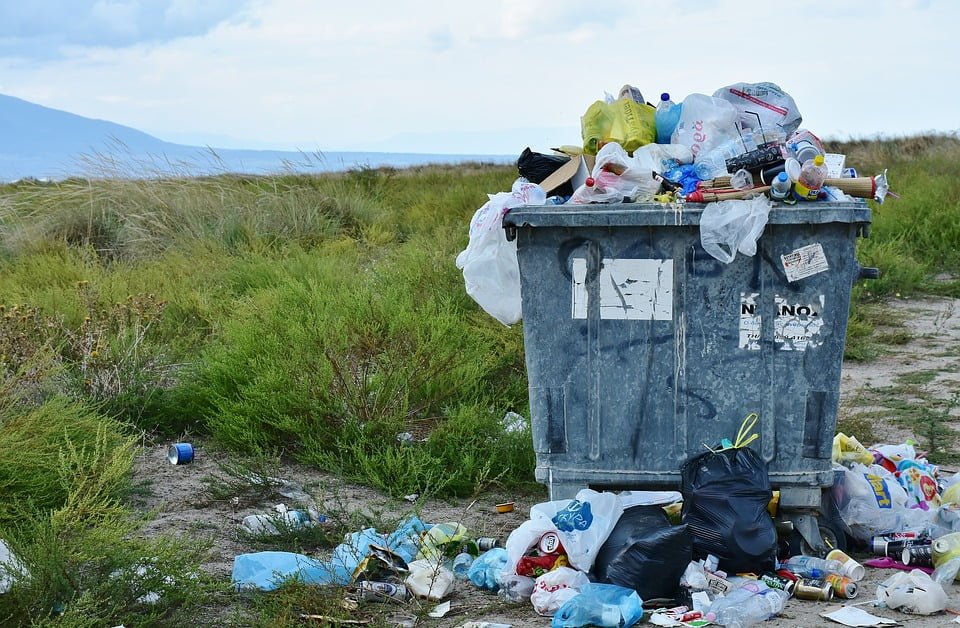When it comes to landscaping in Hawaii, it’s crucial to understand the different types of grass available. The tropical climate of Hawaii presents a unique set of challenges, but with the right knowledge, you can create a beautiful and sustainable landscape. In this guide, we’ll explore the diverse range of grasses found in Hawaii, from popular varieties to native species.
Hawaiian grass is unlike any other grass found in the world. Its unique characteristics make it adaptable to the hot and humid climate of Hawaii. Understanding the different varieties of grass available is essential to choosing the right one for your property. Whether you’re looking for a hardy grass that can withstand drought or a shade-tolerant grass that thrives under trees, there’s a grass species in Hawaii that will meet your needs.
Popular Grasses in Hawaii
Hawaii’s tropical climate presents unique challenges for growing and maintaining grass lawns. However, several grass varieties have proved popular and successful in the region. Here are some of the best grasses for Hawaii’s climate:
| Grass variety | Characteristics |
|---|---|
| St. Augustine grass | This grass thrives in Hawaii’s warm, humid climate and is shade-resistant. It also requires less water than other grass varieties, making it a popular choice for water conservation efforts. |
| Bermuda grass | Although Bermuda grass prefers full sun, it is drought-tolerant and can withstand Hawaii’s high temperatures and humidity. It also grows quickly, making it a popular choice for sports fields and golf courses. |
| Zoysia grass | Zoysia grass is highly adaptable to a variety of soil types and requires less maintenance than other grass types. It is also drought-resistant and thrives in Hawaii’s tropical climate. |
Before choosing a grass variety, consider factors such as the area of the lawn, the amount of foot traffic it receives, and the amount of shade it gets. Each grass type has its own unique characteristics that make it more or less suitable for specific conditions.
Native Grasses in Hawaii
Hawaii’s unique ecosystem is home to several native grass varieties that have adapted to the local environment. These grasses play a vital role in preserving the natural balance of the region.
One such grass is the Muhlenbergia filipes, commonly known as the sweetgrass. It is a perennial grass that grows up to 3 feet tall and has a sweet fragrance when crushed. The sweetgrass is often used in Hawaiian ceremonies and is considered a symbol of peace.
Another native grass in Hawaii is the Panicum fauriei, also known as the kupukupu ferngrass. This grass grows up to 2 feet tall and is commonly found in wet areas. It is an important food source for native animals such as birds and insects.
The Eragrostis variabilis, or lovegrass, is yet another native grass in Hawaii. This grass is highly adaptable and can grow in a variety of soil conditions. It is often used in landscaping as it requires less maintenance than other grass varieties.
Using native grasses in landscaping projects is crucial for preserving the local ecosystem and maintaining ecological sustainability. Native grasses require less water and fertilizer, making them a more environmentally friendly choice for landscaping. Moreover, with their unique qualities, these grasses can add natural beauty to any garden or landscape.
Tropical Grasses in Hawaii
If you’re looking for grass varieties that thrive in Hawaii’s tropical climate, you have several options to choose from. Here are some of the most popular tropical grasses in Hawaii:
| Grass Type | Growth Pattern | Maintenance Needs | Suitability for Hawaii |
|---|---|---|---|
| Bermuda grass | Spread by stolons and rhizomes | Requires frequent mowing and watering | Suitable for full sun areas with good drainage |
| St. Augustine grass | Forms thick, dense sod | Requires moderate maintenance and occasional fertilization | Suitable for areas with partial shade |
| Zoysia grass | Forms a dense mat through stolons and rhizomes | Low maintenance but may need occasional irrigation during droughts | Suitable for full sun areas with good drainage |
Bermuda grass is best suited for areas with full sun exposure and good drainage, while St. Augustine grass is better adapted to areas with partial shade. Zoysia grass is a low-maintenance option that can tolerate some shade and drought but may not be as commonly used in landscaping.
It’s important to note that tropical grasses can be invasive and may require regular maintenance to prevent overgrowth. Additionally, some tropical grasses may be more susceptible to pests and diseases in Hawaii’s humid climate. Consult with a landscaping professional to determine the best grass variety for your specific needs.
Frequently Asked Questions about Grass in Hawaii
What are the most popular grass varieties used in Hawaii?
Some of the most popular grass varieties used in Hawaii include Bermuda grass, St. Augustine grass, and zoysia grass. These grasses are known for their resilience and ability to thrive in Hawaii’s tropical climate.
What is the best grass type for a residential landscape in Hawaii?
The best grass type for a residential landscape in Hawaii depends on factors such as the amount of sun and shade the area receives, the level of foot traffic, and the desired maintenance level. St. Augustine grass is a popular choice for its adaptability to a variety of conditions and relatively low maintenance requirements.
Can I grow non-native grass varieties in Hawaii?
Yes, you can grow non-native grass varieties in Hawaii, but it’s important to choose grass types that are well-suited to the local climate and environment. Some non-native grasses, such as Bermuda grass, can become invasive and compete with native plant species, so it’s important to consult with a landscaping professional before choosing a non-native grass type.
How can I maintain healthy grass in Hawaii?
To maintain healthy grass in Hawaii, it’s important to regularly water, fertilize, and mow your lawn. It’s also important to control pests and weeds that can damage your grass. Consulting with a professional landscaper can help ensure your grass stays healthy and vibrant.
What are some native grass varieties in Hawaii?
Some native grass varieties in Hawaii include pili grass, ilima, and hala.
Why is it important to use native grasses in landscaping?
Using native grasses in landscaping helps preserve the natural ecosystem of Hawaii and promotes ecological sustainability. Native grasses are adapted to the local environment and require less maintenance and water than non-native grasses, making them a more environmentally-friendly landscaping choice.





